Leading market players are putting a lot of money on R&D to increase the number of products they offer, which will fuel the growth of the Beam Bender Market. Additionally, market participants are engaging in a range of strategic initiatives to increase their worldwide reach, with important market developments such as the introduction of new products, contracts, mergers and acquisitions, increased investments, and cooperation with other businesses. To grow and endure in an increasingly competitive and challenging market environment, Beam Bender industry must provide reasonably priced goods.
One of the main business strategies employed by manufacturers is to produce locally to reduce operational expenses in the global Beam Bender industry to develop market sector and benefit customers. In recent years, the Beam Bender industry has provided some of the most important benefits for automotive industry. Major players in the Beam Bender Market, including Thorlabs, Newport Corporation, Edmund Optics, ZYGO Corporation, Sill Optics, CVI Laser Optics, Shanghai Optics, Rainbow Research Optics, and Ross Optical Industries, and others, invest in operations for research and development in an effort to improve market demand.
Coherent, Inc., develops, produces, and offers support for laser equipment and related specialty components from its headquarters in Santa Clara, California. With five other individuals, physicist James Hobart started Coherent in May 1966. In 1970, it became public. Coherent developed its line of lasers over time to include those used in a variety of fields and applications. Its revenues increased from $400 million to roughly $2 billion between 2004 and 2021, thanks in part to a number of acquisitions. After acquiring Coherent, Inc. in 2022, II-VI Incorporated changed its name to Coherent Corp.
In July 2022, By combining their businesses through this transaction, II?VI and Coherent became a leader in materials, networking, and lasers. The acquisition combined Coherent's scale, where laser systems are used, with II-VI's scale at value chain levels where material expertise is required.
Zygo Corporation, or just Zygo, has its main office in Middlefield, Connecticut, and is focused on producing optical systems and tools. Coherence scanning interferometry-based 3D measuring microscopes, laser Fizeau interferometers for testing optical parts, laser displacement interferometers, and heterodyne optical coders for stage position metrology are some of the products in their metrology product lines. The optics division of Zygo produces both custom optics and optical assemblies for use in national laboratories and medical devices. Since the beginning of the Company, more than 750 patents have been granted.
In November 2022, Zygo® purchased Navitar, Inc., a top supplier of cutting-edge optical imaging systems, components, and specialized solutions for high precision applications.

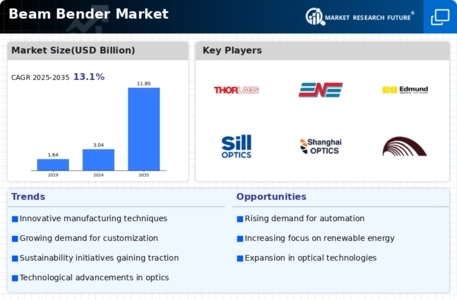
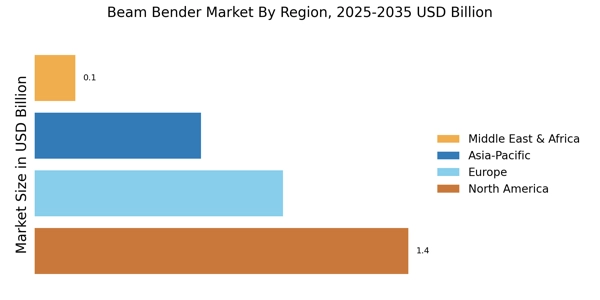

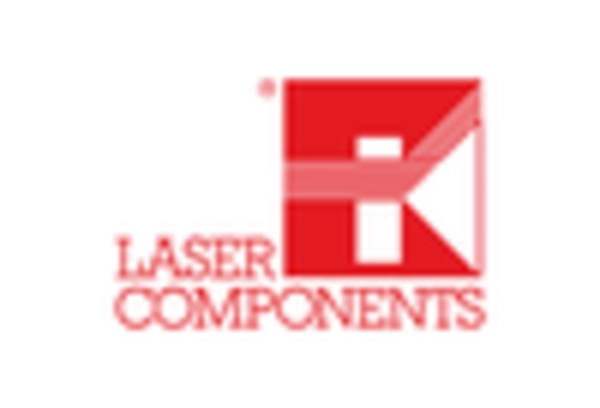
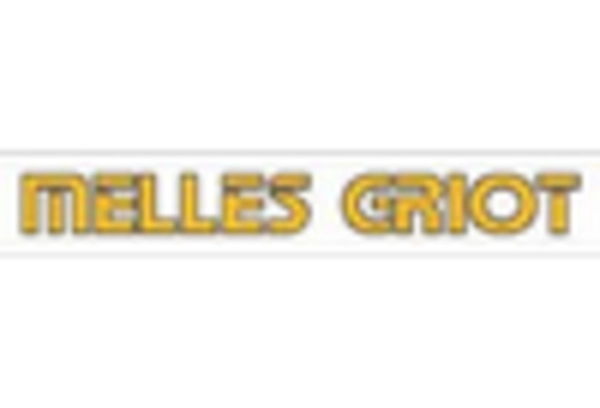
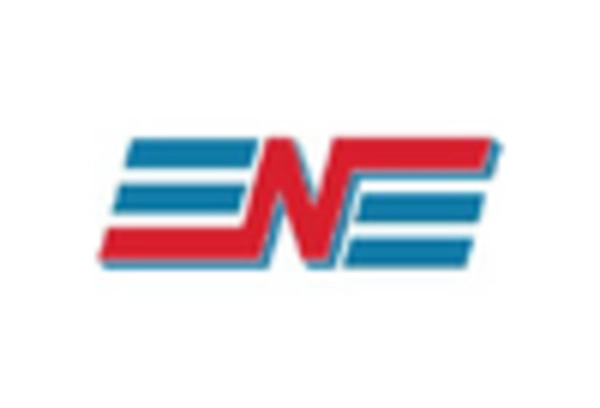

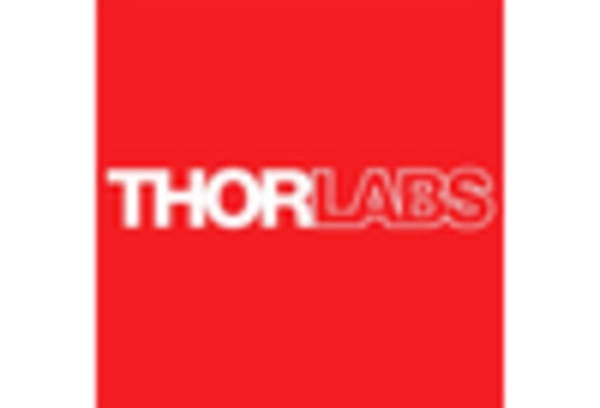








Leave a Comment